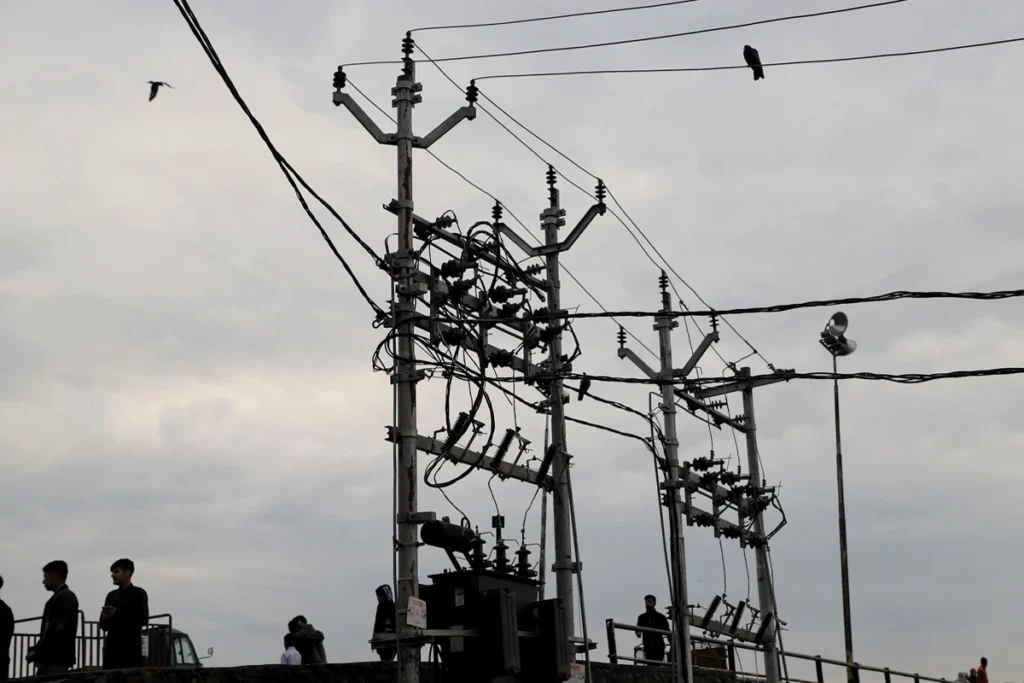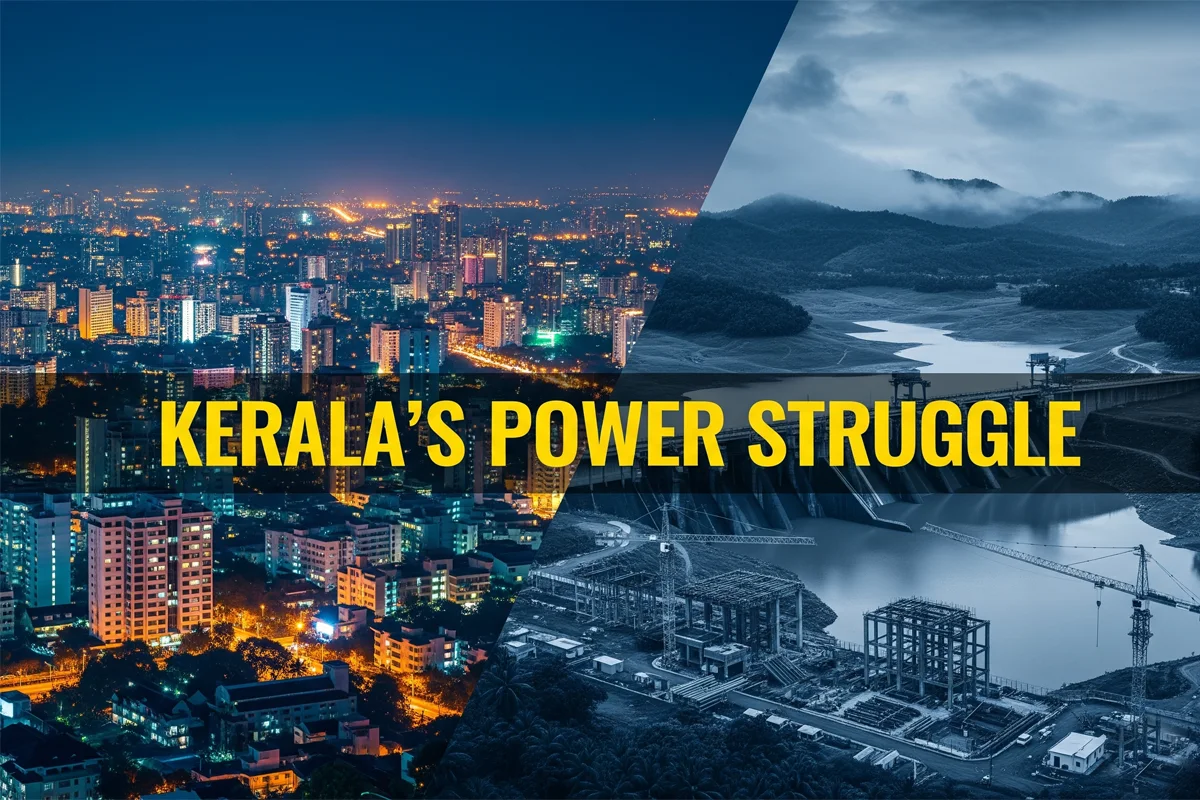Kerala Electricity Crisis: State’s increasing dependence on power imports
Kerala, which is known for its green beauty and excellent water sources, is today facing a major electricity crisis. Despite having so many natural resources—with 61 dams and 42 hydroelectric stations—the state imports more than 80% of its electricity needs from other states. The Annual Administration Report of the Kerala State Electricity Board (KSEB) revealed that ₹10,941.59 crore was spent on power imports in 2023-24 alone.
This situation is also surprising because despite so much hydropower potential, internal generation was only 5,652 million units (MU), mostly from hydropower. The total consumption crossed 27,696 MU. This gap is so big that the state has to resort to heavy power imports.
Why is Kerala Electricity Crisis increasing?
Kerala’s major power import comes from Central Generating Stations (CGS), which supply 11,434.41 MU. Apart from this, 2,625.92 MU was taken from Independent Power Producers (IPPs) through long-term agreements. During peak demand, 1,236.37 MU had to be taken from traders and 5,531 MU from power exchanges.
In March 2024, Kerala’s electricity demand reached a record 5,301 MW. This clearly shows that domestic generation capacity is limited. Officials say that electricity demand is high during nights in Kerala, and solar power cannot help at that time as its output drops to zero after sunset.
Renewable Energy’s Small Role in Kerala Electricity Crisis

The situation on the renewable energy front is also worrying. KSEB-owned solar plants generated only 3.79 MU, and wind stations 1.21 MU. Kerala has achieved a cumulative solar capacity of 1 GW, but KSEB has only 224.08 MW. The rest is owned by private players, so there is limited output under state control.
The government is pushing battery storage plans so that solar power can be stored for night-time use. But this project demands huge investment. The option of thermal power plants is also not viable because the opposition of environmentalists and local communities is strong.
Hydropower Projects: The Biggest Solution to Kerala Electricity Crisis
Hydropower has historically been the backbone of Kerala, but now many planned projects are getting delayed for years. Hydel projects like Athirappilly, Bhoothathankettu and Thottiyar are incomplete. The 60 MW project of Pallivasal Extension Scheme is delayed for 18 years.
KSEB officials believe that dependency can be reduced only by fast-tracking these hydel projects. The idea of small nuclear power plants was also considered, but it is practically difficult due to public opposition. Completing hydel projects with environmental safeguards seems to be the most practical option.
Smart Meter Roll-Out: Modern Step for Kerala Electricity Crisis
To improve efficiency, KSEB has started smart meter roll-out as per the alternative implementation model approved by the state government. The first phase will be for government consumers, high-tension (HT) consumers, distribution transformers, 11 kV and 22 kV feeders, and KSEB’s electrical division boundaries.
In the pilot phase, smart meters have been installed on two government connections in Puthenchantha area of Thiruvananthapuram, while sat feeder meters have been installed at Kalamassery 220 kV substation in Ernakulam. These smart meters will make billing more accurate, reduce power theft and show consumers real-time data on their electricity usage, allowing demand to be managed better.
Future Roadmap for Kerala Electricity Crisis

Kerala needs a multi-directional strategy to overcome its electricity crisis. Pending hydel projects need to be revived and completed urgently. Renewable investments need to be diversified, especially in battery storage and offshore wind. Smart meter adoption can bring operational efficiency, but until local generation capacity is increased, dependency will not end.
The case of Kerala shows that having only natural resources is not enough. Correct planning, timely execution of projects and investment in future-ready technology are the real needs of energy independence. If this does not happen, the state will keep spending thousands of crores on power imports every year-money that could have been invested in its local development.
Disclaimer:
This article is for informational purposes only, based on publicly available reports and official statements. No political or personal opinion has been given in it.
Also Read
Nykaa Share Price Soars 5% After Q1 Profit Jumps 79% – Buy or Wait?








